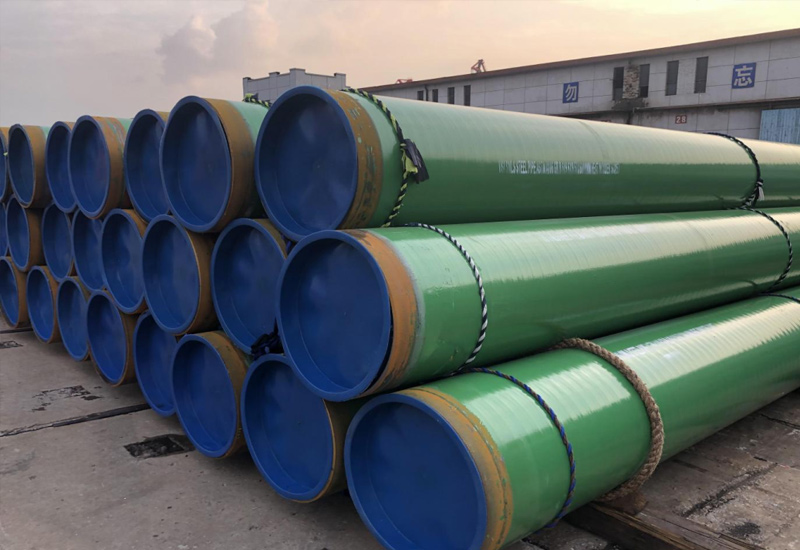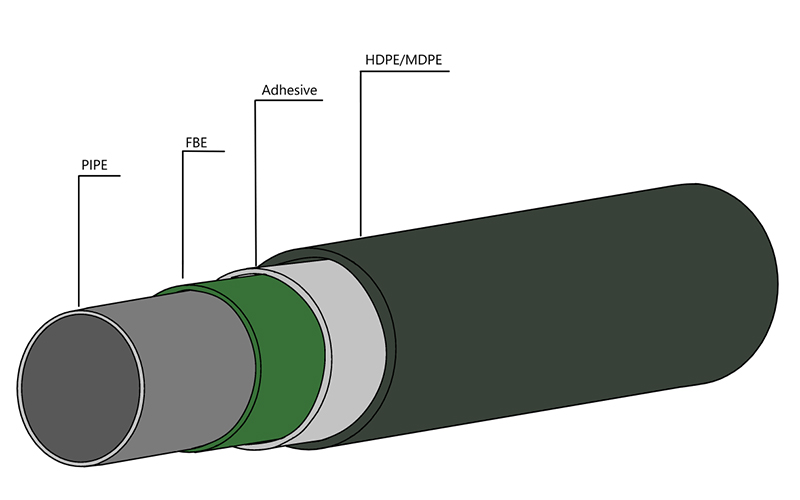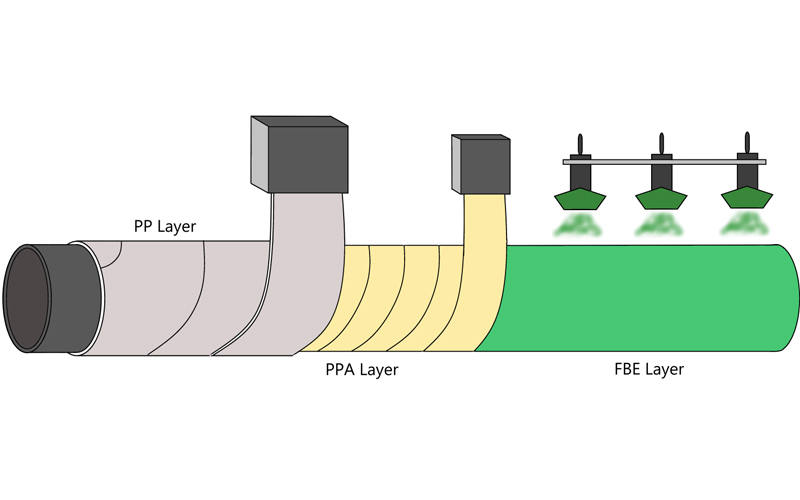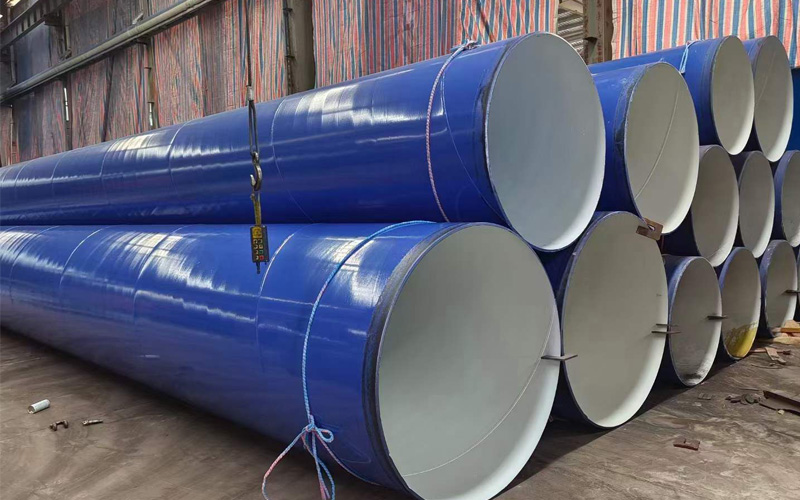Steel Density Analysis: Core Differences between Mild and Medium Carbon Steels and Industrial Applications
The density of steel is one of the key parameters that determine its physical properties and industrial applications. Theoretical state of steel density of 7.85 g/cm³, but the actual density with the carbon content changes: Low-carbon steel about 7.85 g/cm³, medium-carbon steel down to 7.82 g/cm³, high-carbon steel is further reduced to 7.81 g/cm³. The higher the carbon content, the larger the crystal structure gaps, resulting in a lower density instead. 
Low-carbon vs. medium-carbon steels: correlation between carbon content and properties
The core difference between the two types of steel lies in the carbon content and the mechanical properties derived from it:
1. Range of carbon content:
– Low carbon steel: 0.05%-0.25% carbon content, crystal structure dominated by ferrite, good plasticity.
– Medium carbon steel: carbon content of 0.25%-0.60%, the formation of more pearlite, hardness significantly increased.
2. Mechanical Properties Comparison:
| Performance indicators | Low-carbon steel | Medium-carbon steel |
| yield strength | 250-350 MPa | 350-500 MPa |
| Tensile strength | 400-500 MPa | 500-650 MPa |
| Elongation | High (>25%) | Medium (15-25%) |
| Typical Applications | Automotive Body, Piping | Gears, Bearings, Tools |
Medium carbon steels are suitable for load-bearing components due to their higher strength, but are less ductile than low carbon steels and are prone to cracking when welded.
Straight seam submerged arc welded pipe (LSAW STEEL PIPE): material selection and industry applications
LSAW pipes are rolled from a single sheet of medium-thickness plate and then welded by double-sided submerged arc welding. Its core advantages lie in high pressure-bearing capacity, precise dimensional control (e.g., diameter 457-1450 mm, wall thickness 8-45 mm), and excellent low-temperature corrosion resistance.
Material Suitability:
– Mild steel applications: more than 60%, mainly used for low-pressure fluid transportation (e.g., water pipes, structural building pipes) due to its excellent formability and weldability.
– Medium carbon steel applications: used for high-pressure oil and gas pipelines (e.g., grades X70 and above), with wall thicknesses up to 26.4 mm, to meet the needs of harsh environments, such as alpine and deep-sea environments.
Market Data & Technology Trends:
The global LSAW pipe market reached USD 8,792 million in 2023, with China accounting for 20.82% (USD 1,830 million). The production process is dominated by JCOE molding (88.36% share in 2022) due to its low tooling cost and adaptability, while the UOE process is suitable for high-quality thick-walled pipes but with higher investment.
Distribution of LSAW pipes by application fields in 2023
| Applications | Market Size (USD Billion) | Percentage | Main Material Type |
| Oil & Gas | 55.65 | 63.29% | Medium Carbon Alloy Steel |
| Construction | 24.62 | 28.23% | Mild Carbon Steel |
| Machinery Manufacturing | 7.65 | 8.48% | Medium Carbon Steel |
In the future, the industry will move towards Green Manufacturing (reduction of CO₂emissions) and Intelligent (laser seam tracking system to increase welding speed by 10 m/min).
III. Synergistic evolution of material selection and industrial needs
In the field of energy and infrastructure, material selection needs to strictly match the working conditions:
– Mild carbon steel pipes : dominate the city gas network, building scaffolding, relying on its economy and ease of welding.
– Medium carbon steel thick-walled pipes : used in submarine pipelines (e.g. API 5L L450N PSL2 steel pipe), which are stress relieved by the cold expansion process, guaranteeing 50 years of service safety.
Leading enterprises such as ALLLAND STEEL PIPE (revenue of 1.5 billion yuan in 2023) have achieved an annual production capacity of 150,000 tons of thick-walled pipes through the optimization of the JCOE process, confirming the irreplaceability of medium-carbon alloy steel in high-performance pipes.
Conclusion: The Material Logic Behind Density
From the density difference (7.85→7.82 g/cm³) to the carbon content grading, the microstructure of steel determines the division of macro applications. LSAW pipes, as the key carrier, with its low carbon steel accounting for over 60% of the current situation, and the high growth of medium carbon steel in the energy sector (compound annual growth rate of 1.51%), together reflect the industrial scene of the precise demand for material performance. In the future, with the popularization of green metallurgy and intelligent welding technology, the two types of steel will promote the innovation of pipeline industry in a finer dimension.
Get Your Custom Steel Pipe Quote Today!
Provide us with your project details (like application, specifications, quantity). Our experienced team will respond with a tailored solution and competitive quote within 24 business hours.
Related Articles
ASTM A53 vs. API 5L: A Guide to Selection and Application
Introduction:Technology differences determine success or failure, and selection needs to be “precise”
3LPE coated steel pipe: a solid barrier in the field of industrial corrosion protection
3LPP coated pipe: anti-corrosion guard in high temperature and high pressure environment
FBE steel pipe: the technological armor of the steel defense line
How LSAW/SSAW Steel Pipes Ensure Safe & Durable Drinking Water Pipelines
HOT TAGS
latest posts
- 3LPE coated steel pipe: a solid barrier in the field of industrial corrosion protection
- Breakthrough of spiral welded pipe technology: How does SSAW steel pipe conquer the water supply project in rugged mountain areas of South America?
- What is offshore pipeline and its Applications in offshore oil and gas development
- 3PP Coating for High-Temp Pipe Corrosion | Case Study
- A Guide to ISO 21809: 3LPE & FBE Pipe Coating Standards














